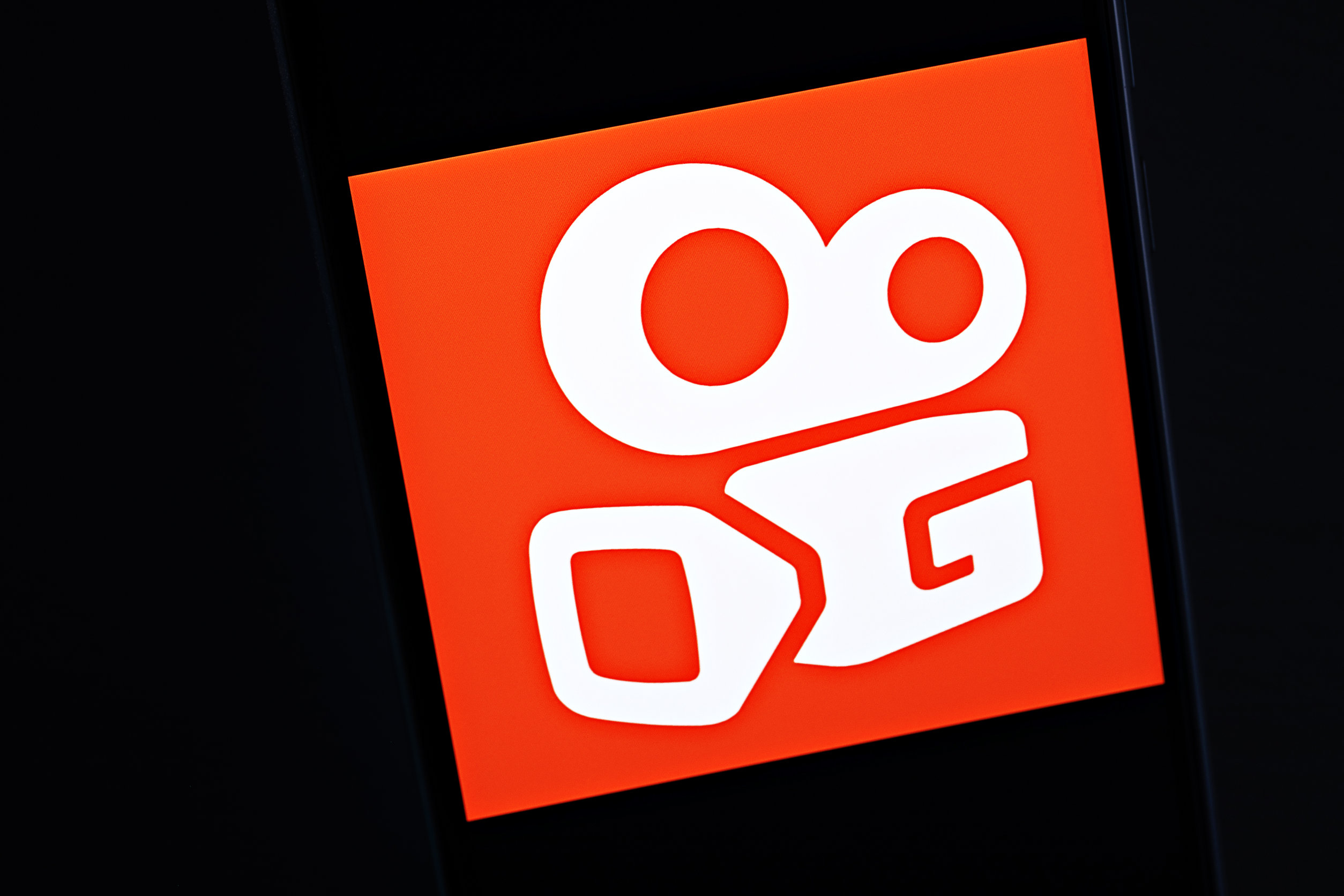Deeper Dive: Our Top Tested Picks
- Free with few limitations
- No limit to how many languages you can learn
- Clear structure, great exercises
- Can test out of lessons that are too easy
- Excellent podcasts
- Low price for paid subscription
- Quantity of material varies by language
- Grammar lessons could be more prominently placed
Duolingo is simply the best free language learning app. In the more than 14 years since it debuted, Duolingo has matured steadily, adding more languages, growing its courses, improving its accuracy, and polishing its interface. Simply put, every language student should use Duolingo to some degree to study or brush up on their vocabulary and grammar.
Duolingo is for everyone, though it’s especially good if you need a little motivation to stick with your studies. The reason? It’s highly addictive. Duolingo is masterful at knowing exactly when to offer you bonus points or a special quiz if you keep using the app just a little longer. Duolingo is also relatively easy, so you always feel good about your progress. That’s not the most effective way to learn a language, but it’s a great strategy for keeping you engaged on the app, which in turn does lead to more learning.
Number of Languages
35+
Style of Program
Interactive Exercises
Learn More
Duolingo Review

Best for Structured Learning
Busuu
- Well-structured lessons
- Good at teaching new writing systems
- Uses CEFR standards
- Culturally and linguistically relevant
- Exercises should be harder
- Inconsistent pricing
Busuu offers both free and paid options and teaches 13 languages, excluding English (which it also teaches). It uses the Common European Framework of Reference for Languages (CEFR), which means you know exactly what level of speaker you are if you decide to add another language app to your course of study, get a tutor, or take a class. Busuu is also as good as Duolingo at teaching languages with a non-Roman script, such as Japanese and Korean.
The biggest difference between Busuu and Duolingo is that the former is more like a traditional learning program, whereas the latter is more like a game. Busuu works best if you can sit down, dedicate time to learning, and take notes as you go. It’s also great if you study multiple languages since you get access to all of them, even with a free account.
Number of Languages
12
Style of Program
Interactive Activities

Best for Specialized Flash Cards
Quizlet
- Easy to use
- Can make, share, and find study sets from other users
- Excellent support for languages
- Plenty of variety in study modes
- Useful AI features
- Restricts many features to Plus members
- Suitable mostly for rote memorization
- Different features for different countries
Quizlet is the most versatile free option for language learning. It isn’t a program, but rather an app you use to study flash cards you or someone else makes. Since you can construct custom study sets, you can focus on learning the exact phrases and vocabulary you need.
Quizlet is less appropriate if you are learning languages to travel, and more for if you are studying for proficiency. Think along the lines of aid, law, or medical work. The language you need for, say, volunteering at a prosthetics clinic is quite different from that for getting around a city.
Number of Languages
100+
Style of Program
Flashcards and Games
Learn More
Quizlet Review

Get Our Best Stories!
All the Latest Tech, Tested by Our Experts

By clicking Sign Me Up, you confirm you are 16+ and agree to our Terms of Use and Privacy Policy.
Thanks for signing up!
Your subscription has been confirmed. Keep an eye on your inbox!
Buying Guide: The Best Free Language Learning Apps for 2025
How We Choose the Best Free Language Learning Apps
Hundreds of apps specialize in teaching just one language, but we limit our list to those that teach multiple. Our contributors test these apps by exploring content for one language they know and one they don’t. They weigh their learning experiences not just with other software, but also in formal settings, such as at the School of Language Studies at the Foreign Service Institute, in university classes, and with private tutors. We consider criteria such as accuracy, difficulty, ease of use, program structure, and value. We also time how long it takes to complete an exercise or daily session, as well as evaluate any supplemental content, such as games, podcasts, readings, and videos.

Lesson in Busuu (Credit: Busuu/PCMag)
Over more than a decade of testing, we’ve evaluated about 30 language learning apps, and another handful if you include ASL apps. They include Beelinguapp, Drops, HelloTalk, Lingodeer, Memrise, Mondly, Tandem, and Umi, among others. A few don’t make this list because they contain egregious errors, don’t teach in a useful manner, or are otherwise lackluster. Some are no longer available. Others used to be good but are now buggy because their developers haven’t kept up with them. Finally, quite a few demand a high price for their best content.
What Do Free Language Learning Apps Offer?
Every free language learning app on this list is an excellent study aid. We highly recommend viewing them as such. They work best in combination with a class, tutor, or other learning program.
Duolingo and Busuu are especially excellent for learning the basics of a new language before you start a class or more intensive program. They’re also wonderful review tools. Quizlet is a little different because it lets you make your own study sets or use those from others. As such, Quizlet lets you focus on learning the words or phrases that matter most to you. It’s ideal if you’re studying a language for a particular purpose, such as to work in a specific industry or with a certain population.
How Do Free Language Apps Work?
Busuu, Duolingo, and Quizlet are all freemium services. People who pay for a premium account and ads (in some cases) support their free versions.
When Duolingo started, its business model was having a community of language learners work on translating content for websites—research shows that even novice speakers can translate very effectively when they work in large groups. The websites would then pay for the translation. That profit model didn’t pan out, so Duolingo pivoted to a paid version, in which Duolingo Super members get unlimited hearts and some bonus content. Use the free version of Duolingo for even a day, and you will quickly see the benefits of a paid account. That said, the free version is still the best you’ll find.
Can You Really Learn a Language for Free?
Yes, to a point. Free apps can get you started, be your study aids, and help you get daily practice. If you want to be fluent or even proficient in a language, however, you will reach your goal faster and more effectively by mixing in tutoring or small classes.

Learning path in Duolingo (Credit: Duolingo/PCMag)
Tutoring and live classes force you to speak without translating in your head, which you need to do to become proficient. You don’t have to leave your home to get it, though. Lingoda offers excellent small online classes and one-on-one tutoring for very reasonable prices. You pick the time and date for every single lesson, so it’s really convenient. And they push you well beyond your comfort zone, which is exactly what you need to advance.
Another invaluable resource for language learning is the public library system. You can often access expensive language learning software, such as Rosetta Stone and Pimsleur, for free through public libraries in the US and Canada. If you don’t have a budget for learning, use all the free resources you can find, and then look for live language meet-ups in your area or online to get real-life practice, too.
Which Languages Can You Learn With Free Apps?
With free apps, you can easily learn the top 20 most in-demand languages for English speakers. You’ll have an impossible time learning many of the so-called “boutique languages,” like anything in the Bantu family, Mongolian, or even Tamil, even though more than 80 million people speak it natively!
Here are the languages you can learn with the best free language apps (as of publishing).
Duolingo: Arabic, Chinese, Czech, Danish, Dutch, Esperanto, Finnish, French, German, Greek, Haitian Creole, Hawaiian, Hebrew, Hindi, Hungarian, Indonesian, Irish, Italian, Japanese, Korean, Latin, Navajo, Norwegian, Polish, Portuguese (Brazilian), Romanian, Russian, Scottish Gaelic, Spanish, Swahili, Swedish, Turkish, Ukrainian, Vietnamese, Welsh, Yiddish, and Zulu. Duolingo also has Klingon, High Valyrian, and intermediate English for English speakers.
Recommended by Our Editors
Busuu: Arabic, Chinese, Dutch, French, German, Italian, Japanese, Korean, Polish, Portuguese (Brazilian), Russian, Spanish (European and Latin American, not strictly separated), and Turkish. English is also available.
Quizlet: Since Quizlet lets you make custom study cards, it technically supports any language you can type. Quizlet officially supports 20 languages for English speakers: Arabic, Chinese, Dutch, Finnish, French, German, Hebrew, Hungarian, Italian, Japanese, Korean, Latin, Polish, Portuguese, Russian, Spanish, Swedish, Turkish, Ukrainian, and Vietnamese. It also has English.
What Do You Get With Paid Language Learning Apps?
Some language apps are freemium, and others are paid only. The freemium ones typically restrict which lessons you get, though that’s not the case with Duolingo. Usually, having a paid account gives you access to all the material, and sometimes all languages, too. (Even the free versions of Busuu and Duolingo give you access to all their languages.)
Paid apps usually accommodate longer and more frequent study sessions. Fluenz, Pimsleur, and Rosetta Stone, for example, all require you to study for 30 minutes per day, every day. They are full programs that teach you about the language and incorporate daily, meaty exercises for your learning. Many freemium apps, by contrast, give you little more than practice exercises. Busuu and Duolingo are much closer to paid programs than free ones, however.
Is Duolingo the Best Free Language Learning App?
Yes, you really can’t do better than Duolingo. We could nitpick that some languages use robotic voices (Romanian and Polish) or weigh the pros and cons of the app’s addictive nature. But that’s not really productive since nothing else we’ve tested beats it.









